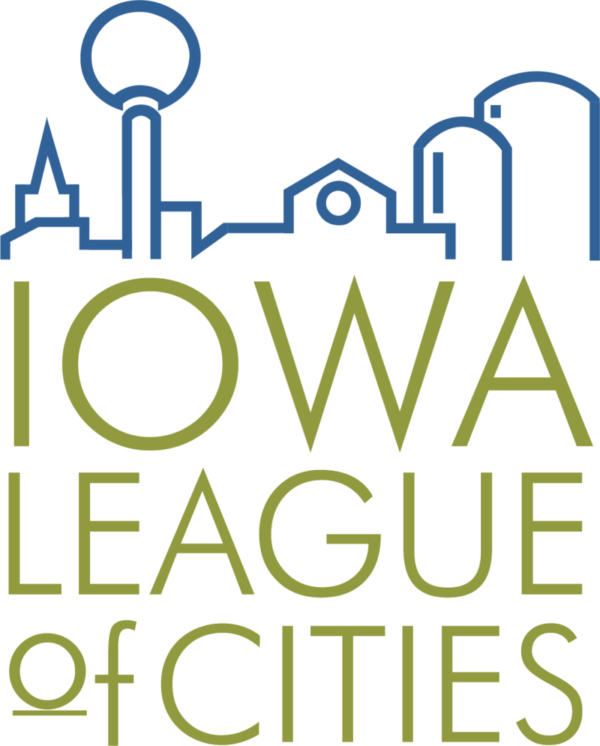By some estimates energy consumption in buildings accounts for one-third of all the energy used in the U.S. and two-thirds of the total electricity demand. To address this demand, building codes have been used for more than 30 years as part of a strategy to achieve greater energy efficiency in buildings. Many cities have also adopted codes to allow small wind energy systems, so residents can increase their energy efficiency. In addition to lowering the energy bills of property owners and tenants, energy codes can reduce electrical load growth and the need for new energy generation capacity while limiting air pollution and greenhouse gas emissions.
In recognition of these benefits, most states have adopted building energy codes in some form for both residential and commercial construction. Iowa is included in these states, and has had a state energy code since 1977. These codes are periodically updated to keep pace with goals and industry changes. In order to achieve greater energy efficient design of occupied buildings, and to meet increased national energy goals, Iowa adopted the 2012 International Energy Conservation Code (IECC).
Code Compliance
The Iowa State Energy Code is applicable to all structures throughout the state that are heated or cooled, and used for human occupancy. According to an informal opinion issued by the Attorney General’s office, these standards are equally applicable in areas with formal code enforcement programs and those areas without. All newly constructed buildings and additions to existing structures are covered by these regulations. Existing buildings undergoing a change of occupancy are also covered where the energy usage increases by more than 5 percent. Unaltered existing buildings, and alterations to existing single family dwellings are exempt.
Local jurisdictions retain the authority to enforce these provisions as adopted by the state, or the community may individually adopt the state energy code or another energy code as long as it is not less restrictive than the state code. Local adoption of the code allows use of the administrative provisions of the code at the local level, which might allow more effective code administration. A local jurisdiction is allowed to charge a fee to cover the costs of the administration of this code. Although some process changes might be necessary, those communities with existing code enforcement programs can incorporate the new code requirements into their existing practices. Builders working in communities without code enforcement programs are required to comply with these standards, but the absence of local programs to confirm and monitor the work presents challenges.
Residential Building Codes
The 2012 IECC contains provisions that allow the building designer and builder to choose between two paths to compliance, the prescriptive and performance paths. Residential construction includes one-and two-family dwellings, townhomes, multi-unit apartments and smaller assisted living and congregate living facilities three stories or less in height.
- Prescriptive Path – The prescriptive path requires minimum ratings for individual building components, such as the insulation R-values for foundations, walls and attics and U values for windows and skylights. This design option allows for a “cook-book” approach to the design of the building, where each building component has a specified value that must be met. By referring to the appropriate chart, a building designer can determine the minimum levels for each building component.
- Performance Path – In residential construction, the IECC allows for a performance-based energy compliance path, where the performance of the total building is calculated and trade-offs are allowed. In this method, it is possible to reduce the requirements in one area of the building, by compensating in other areas in order to achieve a balanced and compliant building. Compliance with this path is demonstrated through use of free energy code software entitled RESChecktm, which is available at www.energycodes.gov.
Commercial Building Codes
Commercial construction projects may opt to use either American Society of Heating, Refrigerating and Air-Conditioning Engineers (ASHRAE) 90.1 or provisions found in the 2012 IECC. To comply, each project must demonstrate meeting the applicable provisions of either ASHRAE or the IECC provisions addressing the building thermal envelope as well as the mechanical and lighting systems. This can be demonstrated by using calculations to provide systems that meet mandatory and prescriptive provisions or by conducting a performance evaluation. Free software entitled COMChecktm is available at www.energycodes.gov.
Small Wind Energy Systems
Interest in small wind energy conversion systems has been steadily increasing across Iowa, and many cities have contemplated how to effectively implement these systems while still protecting the public health, safety and welfare of their community. Code of Iowa Section 476.48 allows cities to create small wind innovation zones for the purposes of promoting small wind production within a city. Small wind producers are eligible for a tax credit after a city adopts a model ordinance. Two model ordinances have been drafted in an effort to assist cities in regulating this activity:
Phil Delafield, Community Development Director for the City of Des Moines, provided information for this page.






